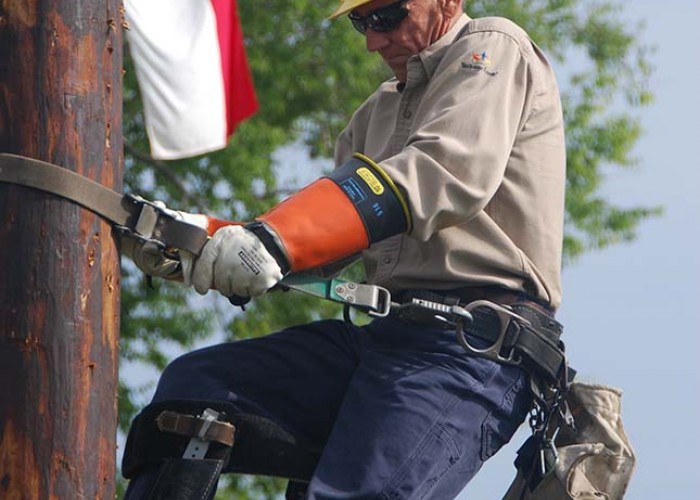Innovation at the Edge of the Grid
Electric co-ops deploying new technologies to enable members
 The history of electric cooperatives is steeped in innovation and impact at the “edge of the grid,” where distribution lines meet with your homes and businesses. Serving you, our members, is what drives us to find innovation and manage the cost of electricity.
The history of electric cooperatives is steeped in innovation and impact at the “edge of the grid,” where distribution lines meet with your homes and businesses. Serving you, our members, is what drives us to find innovation and manage the cost of electricity.
More and more focus now is moving to these edge of the grid technologies as a complement to the traditional centralized, larger-scale power generation plant. You, as a consumer, are able to become more involved in managing the power supply portfolio.
Since 2014, North Carolina’s electric cooperatives have built community solar projects throughout the state. At 18 sites, in fact, different co-ops are enabling members to participate in and benefit from solar power, without taking on the task of installing panels on their own roofs.
Another example involves a little device you likely use every day. Electric co-ops across North Carolina have sold nearly 1,000 Wi-Fi enabled ecobee3 thermostats to their members, promoting energy efficiency, offering rebates, and providing monthly credits for participation in demand-response programs that help reduce strain on the electric grid during times of peak demand. Through this simple program, co-ops and their members are working together to collectively save. Now, three cooperatives are testing a “bring-your-own-thermostat” program for members who already own Nest and ecobee3 thermostats. These smart thermostats allow for more flexibility and control over heating and cooling, while also helping the cooperative manage costs on high consumption days.
Electric co-ops are also working to replicate the thermostat program with water heaters. These fundamental appliances are essentially batteries, storing hot water “energy” for future use. We are testing water heater controls that can switch off heating elements when the grid is strained without having any impact on comfort — water remains at the ready for washing dishes or a hot shower.
These thermostat and water heater controls are being used as part of the Ocracoke Island microgrid (“A First for the State,” May 2017), which also utilizes Tesla batteries and a rooftop solar system. This summer, we have continued to put the innovative installation through its paces with operations in “island-mode,” testing regulation service for the larger grid, and scheduling dispatches of the batteries throughout the day. Through tests and experiments like this, North Carolina’s electric cooperatives are researching the feasibility of using these technologies in your communities, improving resilience and helping manage the cost of electricity.
In the works is a farm-based microgrid that will rely on batteries, solar and swine waste-generated electricity to power up to 100 homes in a Harnett County community. We are actively pursuing construction and development of this microgrid, and we’ll feature it in more detail in an upcoming issue of Carolina Country. We are also looking for other applications for batteries, solar and microgrids throughout co-op service territories that make sense for all of us.
Our communities rallied together in the 1930s to create the electric cooperative business model, and we have innovated all along the way. We are excited to be leaders in this next industry evolution, enabling us to better provide you with safe, affordable, reliable and environmentally responsible electricity.
About the Author
Lee Ragsdale is senior vice president of Grid Infrastructure and Compliance for North Carolina’s Electric Cooperatives.-
More viewpoints
-
Share this story:





